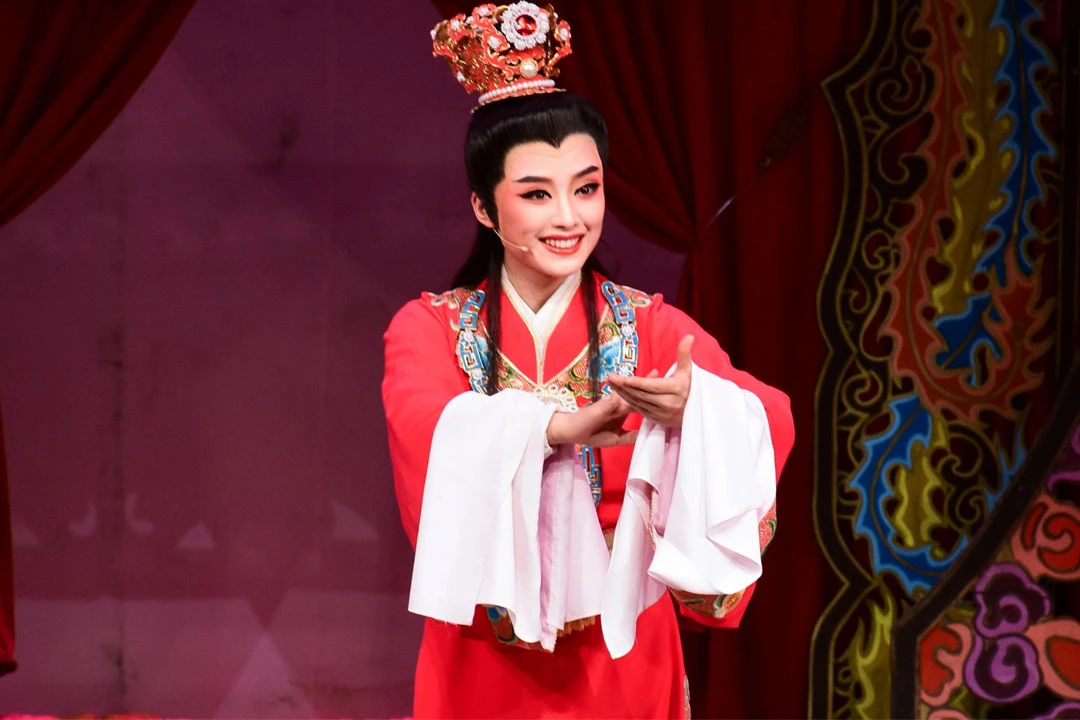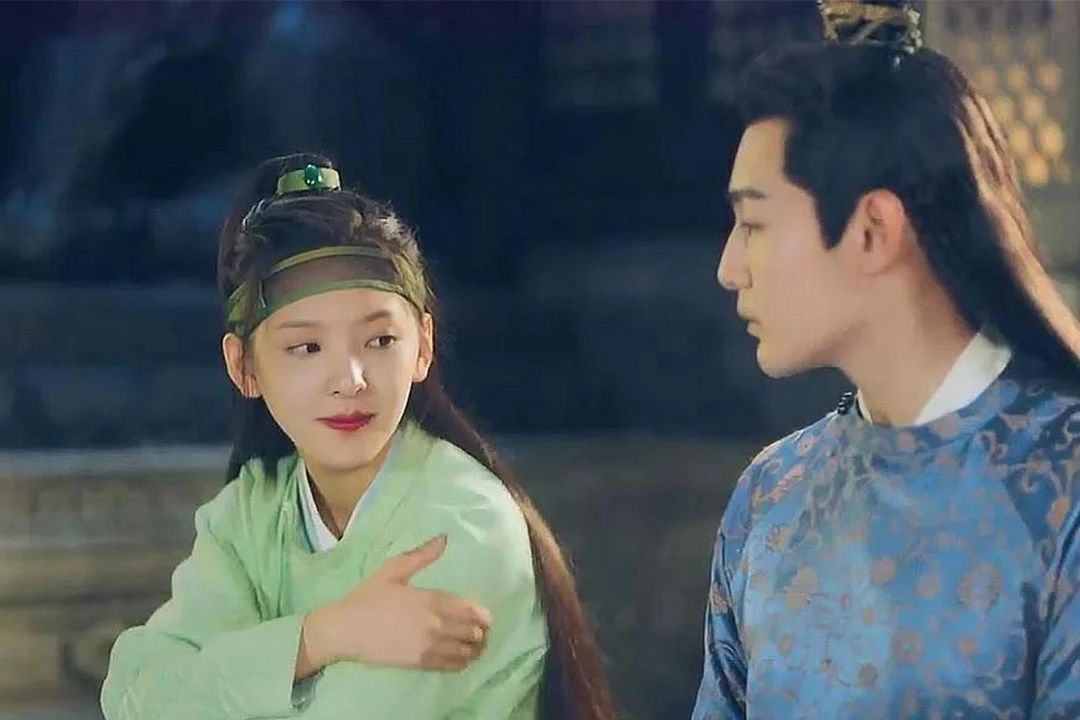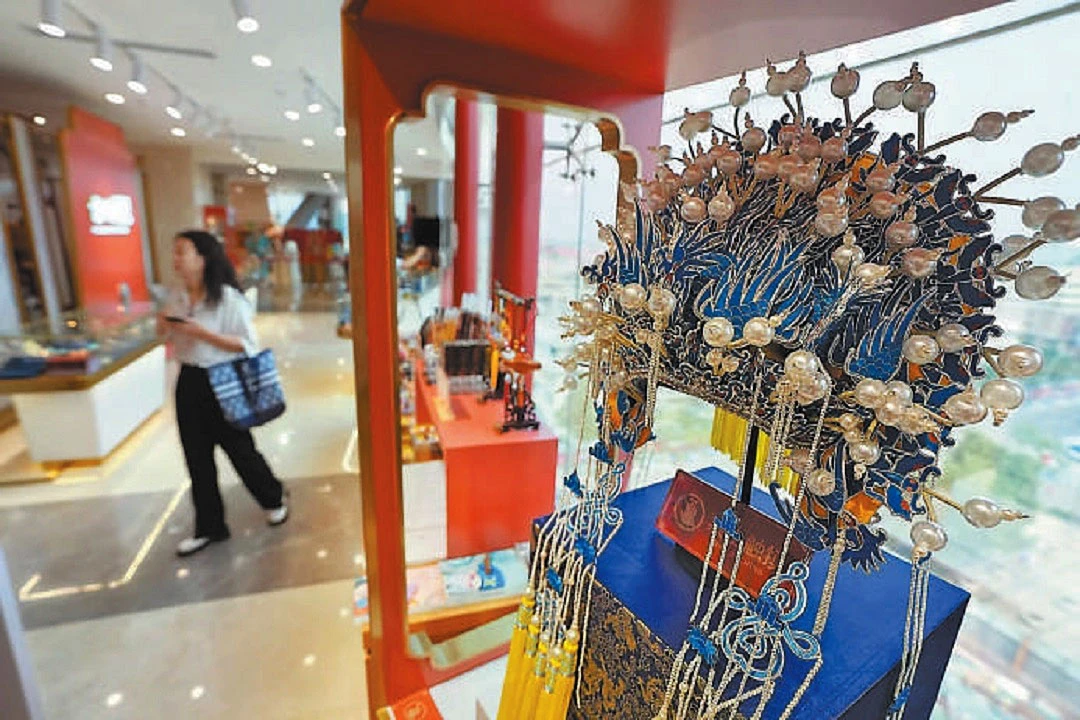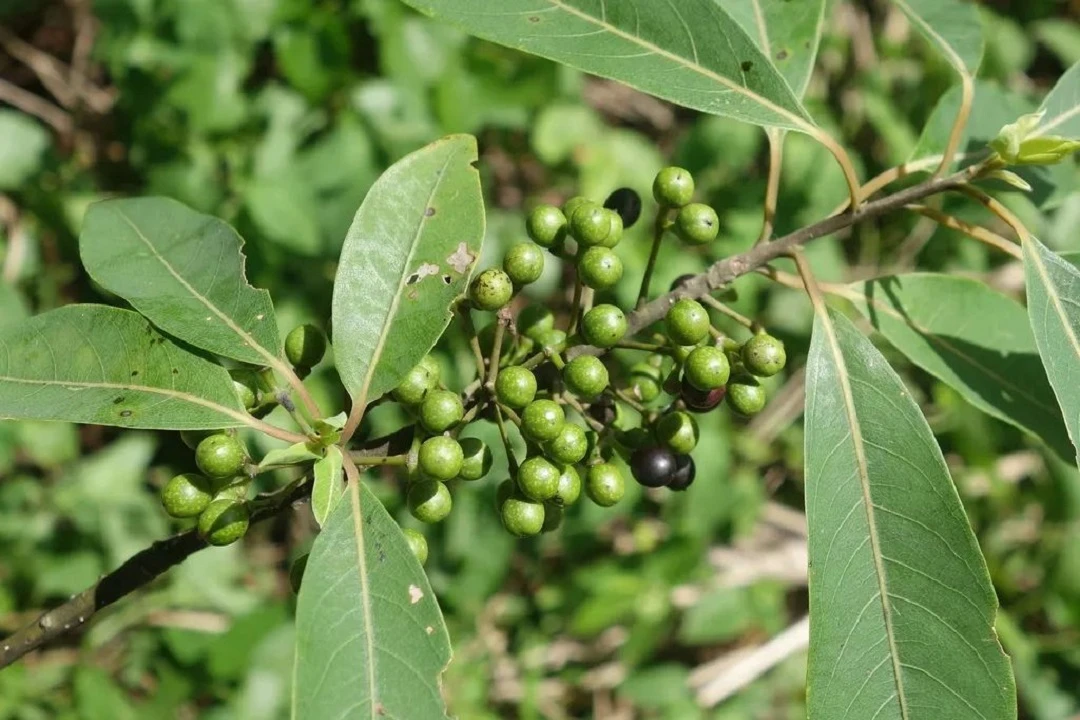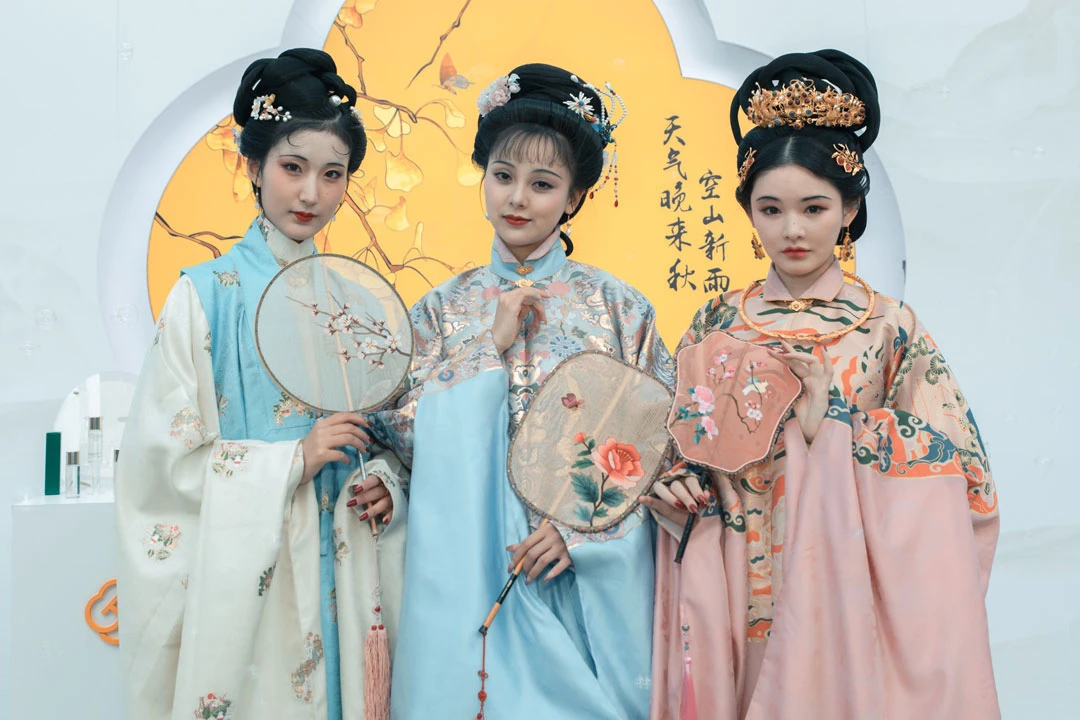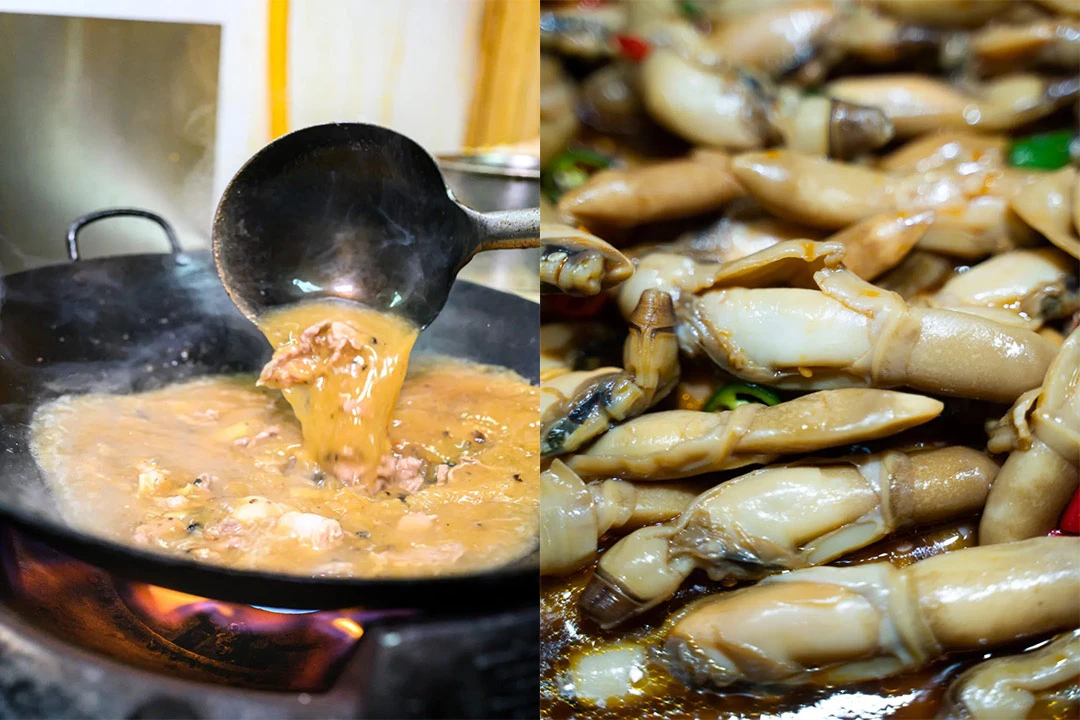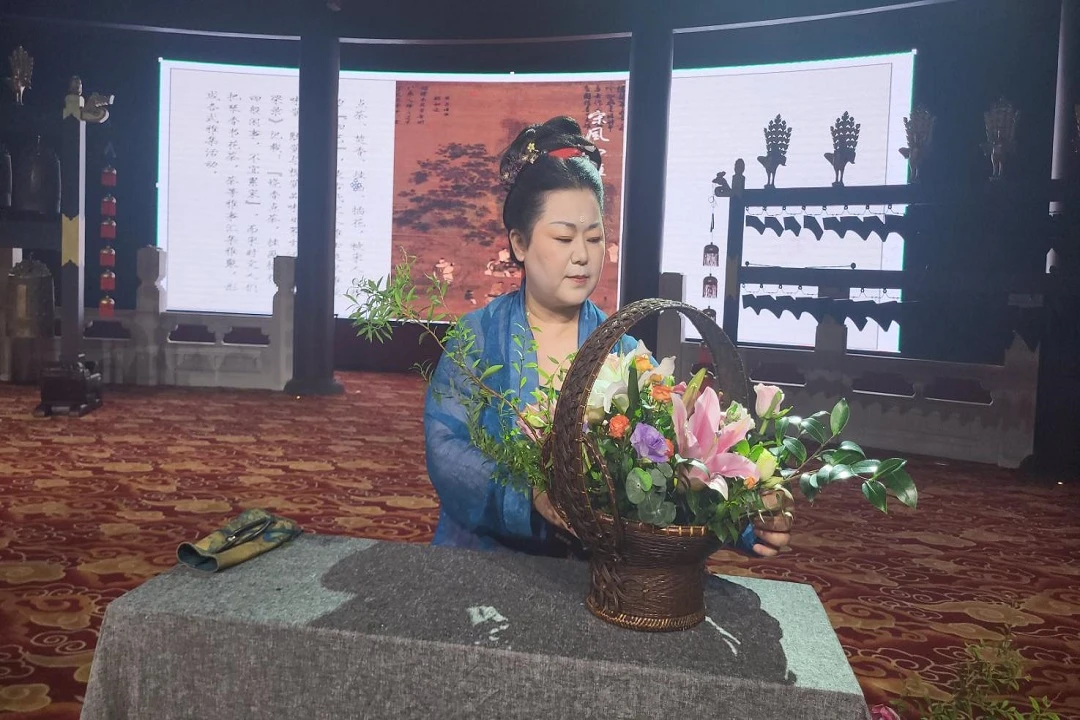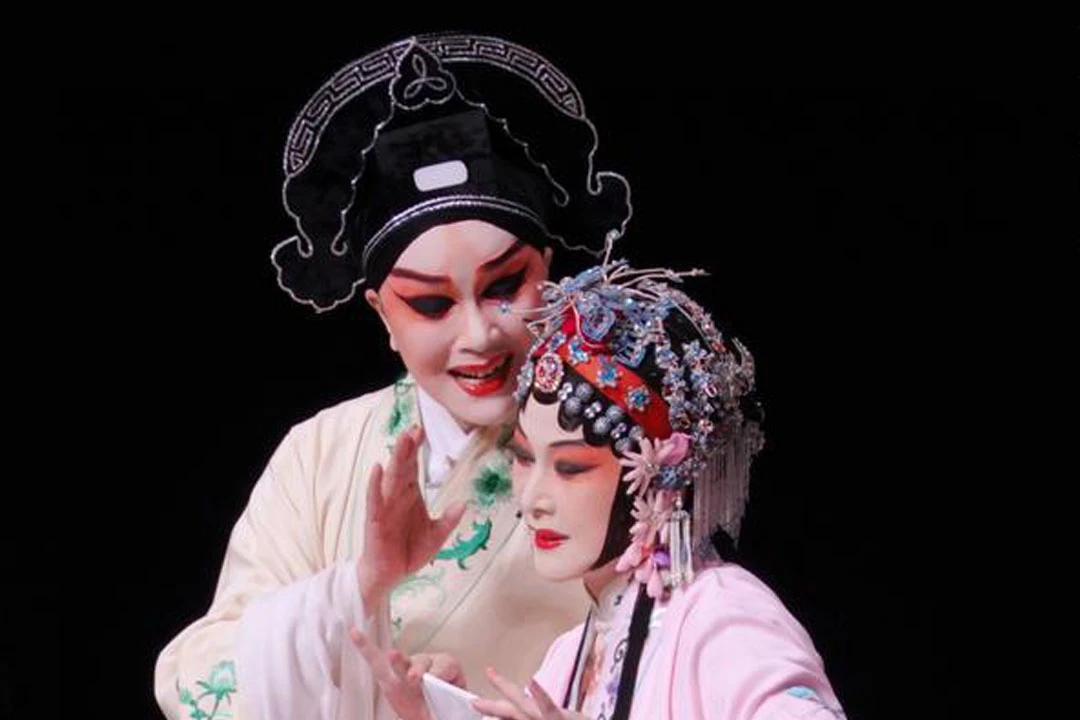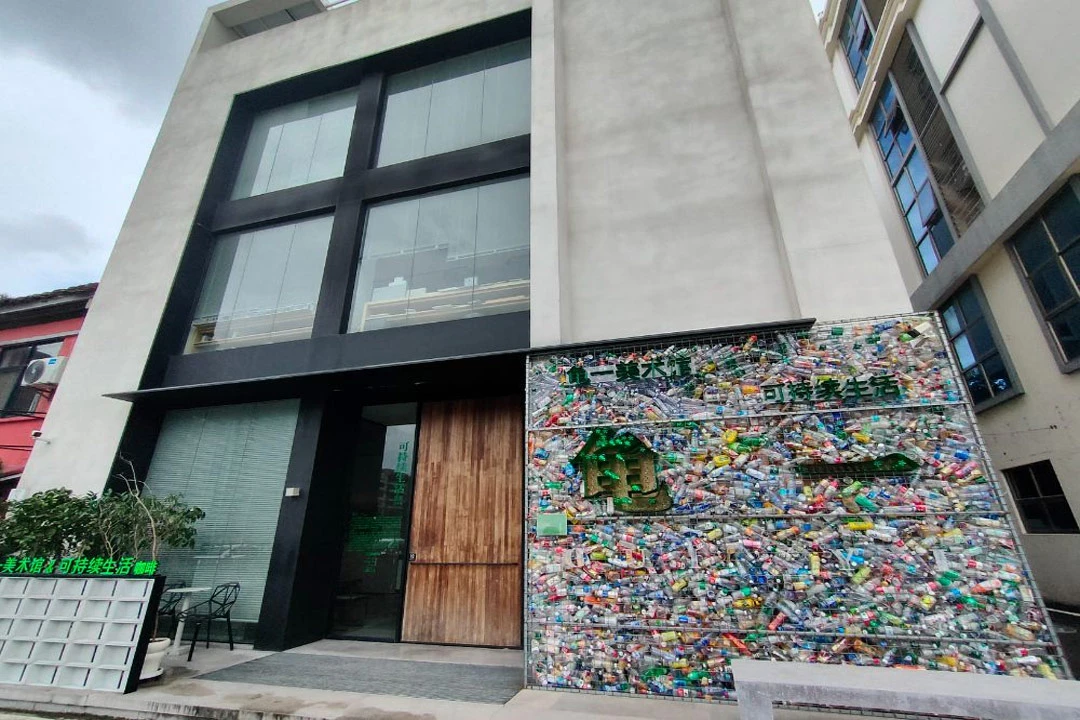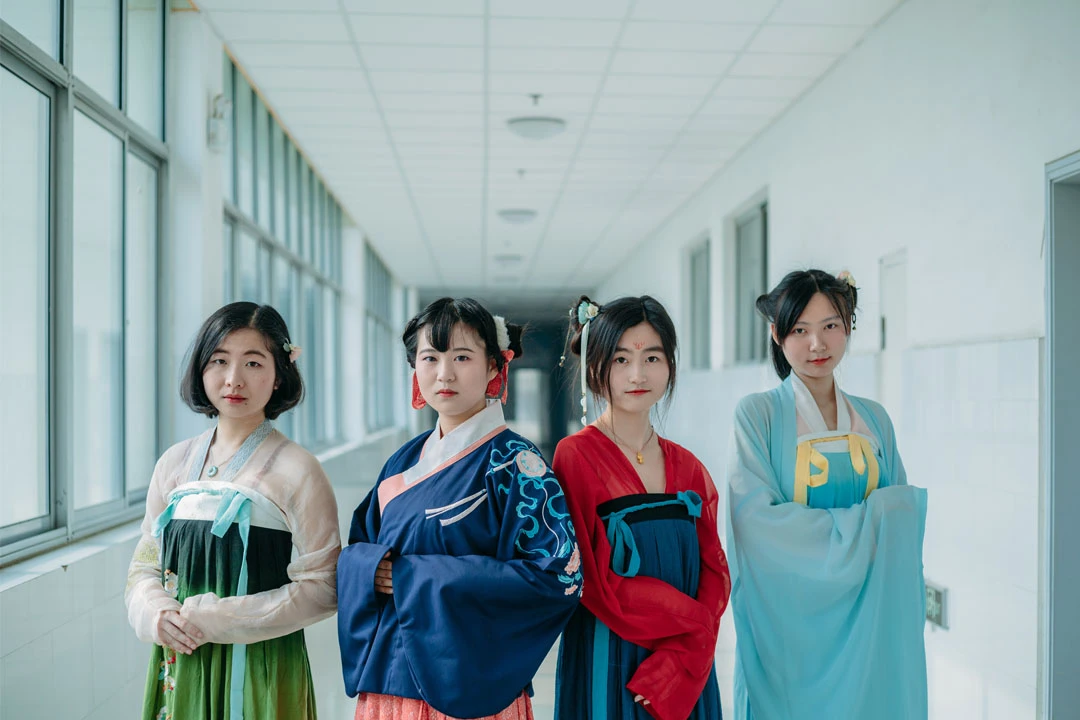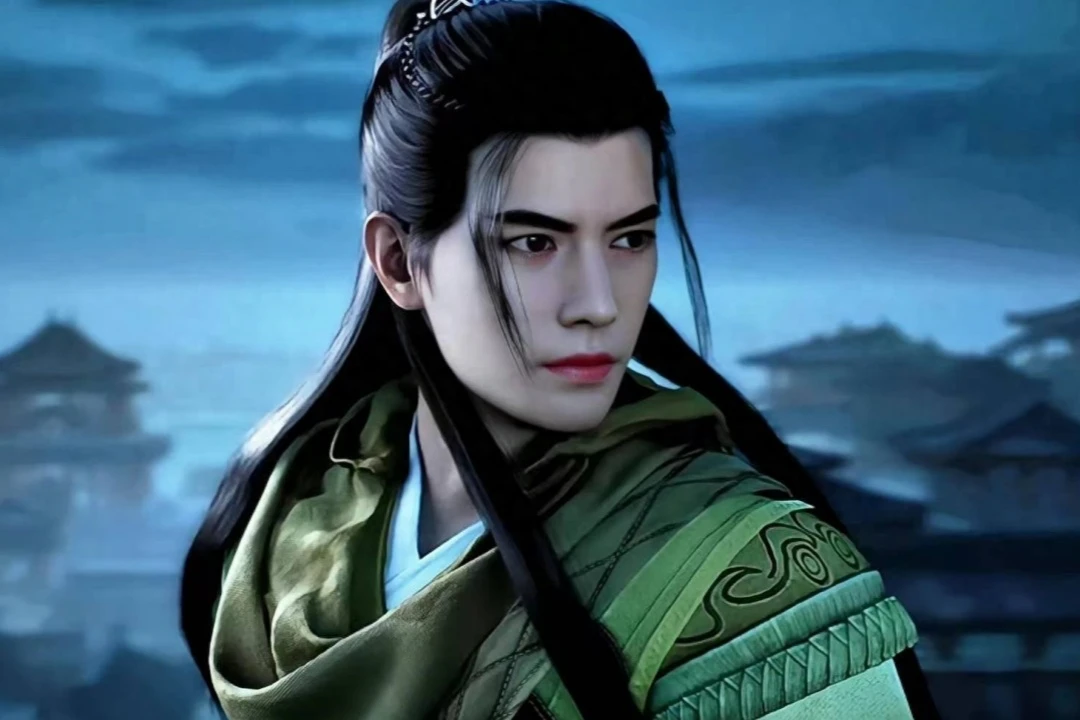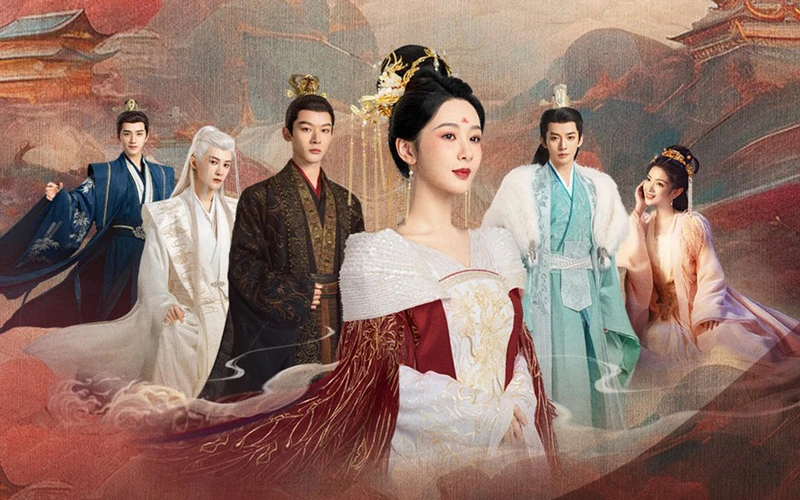Article
搜索结果:
-
Cultivating Talent for Beijing-Tianjin-Hebei Folk Songs
On July 8th, the opening ceremony of the "Beijing-Tianjin-Hebei Folk Song Performance Talent Development" project was held in Beijing, marking a significant initiative aimed at nurturing and preserving the rich cultural heritage of folk songs in the region. This project, funded by the Beijing Cultural and Art Foundation and organized by the China Conservatory of Music, underscores the intertwined regional and cultural connections among Beijing, Tianjin, and Hebei. The Beijing-Tianjin-Hebei region is not only geographically contiguous but also shares a deep cultural affinity, reflected in its abundant reservoir of folk songs that encapsulate the emotional richness and practical wisdom of the local populace. The project has assembled a teaching team comprising authoritative vocalists, educators, music theorists, and experts in ethnic and folk music, tasked with imparting their knowledge to 30 participants. These participants include arts school teachers, professional ensemble performers, middle and high school music educators, and university students from the region. During the opening ceremony, both teachers and students watched promotional videos showcasing the diverse array of folk songs from Beijing, sparking a dialogue about the importance of these musical treasures. Li Lin, Associate Professor at the China Conservatory of Music and project leader, emphasized the necessity of bringing… -
A New Era in Historical Detective Drama
In the realm of historical detective dramas, "Records of Strange Events in the Tang Dynasty" has emerged as a refreshing wave. Anchored by the popular duo Guo Jingyu and Yang Zhigang, the series quietly captured attention initially, but swiftly rose to prominence due to its superior quality. Now, the much-anticipated sequel is finally on the horizon. "Records of Strange Events in the Tang Dynasty 2" is set to dazzle audiences next week, marking a full-blown resurgence for Peach Studio just in time for the summer blockbuster season. The first installment's gripping tales have undoubtedly left a lasting impression on many fans. Renowned for his formidable martial prowess, Lu Lingfeng (portrayed by Yang Xuwen) and Di Renjie's only closed-door disciple, Su Wuming (played by Yang Zhigang), bravely tackled and solved eight extraordinary cases within Chang'an City. In the second season, the duo shifts their focus from Chang'an to the Western Regions. Set during the prosperous era of the Tang Dynasty in 712 AD, the outward splendor and festivity mask the turbulent currents within the imperial court. The power struggle between the Crown Prince and Princess factions is nearing a boiling point. Having earned significant acclaim for their previous achievements, Lu Lingfeng… -
Riding the Starry Wave: Lucrative World of Baking
In the bustling streets of Shanghai, the aroma of freshly baked goods isn't just from traditional bakeries anymore. Celebrities like Bai Jingting (白敬亭), Wang Hedi (王鹤棣), and Zhao Lusi (赵露思) are venturing into the bakery business, transforming it into a star-studded affair. These stars aren't merely dabbling; they're leveraging their fame to create trendy baking empires that resonate with fans and foodies alike. The Rise of Celebrity Bakeries Celebrities in China are increasingly turning to the bakery business as a profitable venture. Bai Jingting's GoodBAI Cafe, launched recently in Shanghai, caused quite a stir with its pricing strategy. Offering items like a two-piece biscuit pack for 21 RMB, the cafe quickly became a battleground of opinions on social media, with fans defending the prices as normal for Shanghai, while others questioned the value. Beyond Bai Jingting, Wang Hedi and Zhao Lusi have also entered the baking scene with their respective cafes, each bringing a unique touch that reflects their personal style and culinary preferences. This trend isn't just about selling bread and pastries; it's about selling an experience tied to the celebrity lifestyle. The Business Behind the Glamour Behind the scenes, celebrity-backed bakeries capitalize on their star power to attract customers and justify premium… -
Remembering Zheng Peipei: A Legendary Actress and Her Lasting Legacy
In the world of cinema, certain figures leave an indelible mark not just for their talent on screen, but also for their enduring impact on the industry and society. Zheng Peipei (郑佩佩), a name synonymous with grace, talent, and dedication, passed away on July 17 in the United States, leaving behind a legacy that transcends borders and generations. A Career in Cinema: Zheng Peipei's Iconic Roles Zheng Peipei's illustrious career spanned decades, during which she graced the silver screen with performances that captivated audiences worldwide. Known for her roles in classics like "Tang Bohu Dian Qiu Xiang" ("The Love Eterne"), "Wo Hu Cang Long" ("Crouching Tiger, Hidden Dragon"), and "Yang Men Nu Jiang" ("The Warlord's Concubine"), Zheng's ability to breathe life into diverse characters earned her acclaim as one of Asia's finest actresses. Her filmography is a testament to her versatility and skill, portraying characters ranging from spirited heroines to poignant maternal figures with equal finesse. Each role illuminated her depth as an actress and solidified her place in cinematic history. Facing Adversity: Zheng Peipei's Battle with Rare Disease Behind the glamour of her career, Zheng Peipei faced a formidable adversary in the form of Corticobasal Degeneration (CBD), a rare neurodegenerative… -
Beijing Gifts Opera-themed Store Welcomes Visitors
Yesterday, on the bustling Jin Street of Wangfujing, the auspicious Jixiang Grand Theatre celebrated its grand reopening for its third anniversary, unveiling the new "Beijing Gifts" opera-themed store. This store promises a cultural feast with its opera-themed jewelry, traditional fan designs inspired by opera scripts, exquisite costumes, and a wide array of cultural products from various Beijing-based opera institutions. Catering to consumers of all ages, this store encapsulates the essence of traditional Chinese opera in modern, accessible forms. Simultaneously, the "Beijing Gifts" store at the National Stadium (Bird's Nest) launched a vibrant summer promotion, marking a total of seven themed stores across different themes this year. A Kaleidoscope of Opera-themed Gifts Upon stepping out of the elevator onto the 7th floor of the Jixiang Grand Theatre at Wangfujing's Intime Department Store, visitors are greeted by the prominent "Beijing Gifts" opera-themed store. This addition enriches the overall experience of visiting and attending performances at the theater, complementing its existing coffee and reading spaces. Inside, the ambiance is steeped in opera culture, with rows of display cases showcasing a variety of products. From intricately designed opera-themed jewelry to playing cards featuring precious old photographs of renowned Peking opera artists, meticulously crafted auspicious… -
Rediscovering Hanfu: A Cultural Phenomenon in Modern China
In recent years, the popularity of Hanfu has surged across China, particularly evident during events like the Jinhu Hanfu Cultural Consumption Season. People flock to ancient capitals like Hedou, clad in exquisite Hanfu attire, to indulge in traditional foods, capture memorable moments against iconic landmarks, and eagerly share their experiences on social media. Hanfu has become more than just a garment; it's a cultural statement, often eclipsing even the weather in conversations. The Evolution of Hanfu: From Tradition to Trend Hanfu, by definition, refers to traditional Chinese attire that dates back to ancient times. As Professor Huang Qiang, a renowned expert in clothing history, explains, references to Hanfu can be found in ancient texts dating back to the times of the Yellow Emperor and Yao-Shun era. Each dynasty in Chinese history contributed unique styles to Hanfu, reflecting the era's aesthetic and social norms. From the deep-collared "Shenyi" of the Qin and Han dynasties, which symbolized modesty and hierarchy, to the flowing "Baoyi" robes of the Wei and Jin periods, which exuded elegance and freedom, Hanfu evolved alongside China's rich history. The Tang dynasty introduced a color-coded system where the hue of one's attire indicated social status—a system vividly captured in… -
The Controversial Champion: The Bold Flavor of Mujiangzi
Just when you think you've conquered the strong flavors of cilantro, Zhe'ergen (houttuynia cordata), and Sichuan peppers, another challenge awaits your palate in Southwest China: Mujiangzi (木姜子). This little fruit, resembling a green peppercorn, divides people into two camps – those who are enchanted by its fresh, lemony aroma, and those who are repelled by its potent, "malicious" taste. The Enigmatic Aroma of Mujiangzi: A Citrus Conundrum Mujiangzi, a staple in the Southwest culinary landscape, evokes strong reactions. Some adore it, while others detest it. Known by various names, including mountain pepper, Sichuan pepper, and mako, this ingredient's flavor is primarily driven by citronellal, a compound also found in lemongrass. This gives Mujiangzi a citrusy, slightly floral note reminiscent of the popular Thai Tom Yum soup. Mujiangzi's versatility extends beyond being a mere spice. In Yunnan, fresh Mujiangzi is pounded into a paste with garlic, ginger, cilantro, and small chili peppers, then served with rice to create a sauce that elevates simple meals to unforgettable experiences. This simple preparation creates a memorable, fragrant dish that locals crave year-round. When fresh Mujiangzi is out of season, Mujiangzi oil steps in to fill the gap. A few drops of this oil can… -
The Rise of Traditional Chinese Fashion in Luoyang
there has been a remarkable resurgence of interest in traditional Chinese attire, known as Guofeng Guochao, across various regions in China. Luoyang (洛阳), renowned for its rich historical legacy as one of China's ancient capitals, has emerged as a focal point for this cultural revival. Visitors strolling through the streets of Luoyang can now frequently encounter tourists donning a variety of Tang dynasty and Song dynasty costumes. Whether riding electric bikes, commuting on buses, or capturing moments amidst pavilions and towers, these individuals have become a unique and vibrant addition to the city's cultural landscape. The sight of tourists dressed in Tang and Song dynasty costumes is not merely a nostalgic reenactment but a celebration of cultural heritage brought to life. Luoyang's comprehensive reforms and innovative cultural tourism initiatives have played a pivotal role in revitalizing its historical narratives. By bridging the gap between ancient texts and contemporary city life, Luoyang has transformed its streets and alleyways into living testaments of its thirteen dynastic histories. Luoyang's approach to cultural tourism goes beyond superficial displays of history; it integrates immersive experiences that resonate with both locals and visitors alike. The blend of ancient attire with modern transportation and photography exemplifies this… -
The Vibrant Night Cuisine of Nanning
When asked which Chinese provincial capital stays up the latest, many might think of bustling metropolises like Beijing, Shanghai, or Guangzhou. However, the unexpected answer lies further south—in Nanning, the capital city of Guangxi province. Despite its low-key presence among provincial capitals, Nanning shines brightly in the arena of nightlife, consistently topping charts: from being dubbed the "latest to sleep" city with an average bedtime around 0:55 AM, to ranking first in "night snack vitality" among post-1995 generations according to statistics from platforms like Eleme. Nanning's residents are a busy lot who frequent night markets, indulging in skewers and snails, eagerly anticipating the fragrant allure of the first bowl of "old friend noodles (老友面)." Unlike the trendy stalls found in many cities across China, Nanning's night markets boast traditional eateries that have stood the test of time, offering a treasure trove of flavors refined over generations. In this culinary capital at the southern border, every taste has its moment to shine—whether it's raw beef, rice noodles, stir-fried snails, or the distinctive "old friend flavor" unique to Nanning. Nanning's penchant for nocturnal indulgence isn't just about staying up late; it's a cultural affair that blends local flavors with a tropical twist.… -
Yunnan Nanjiluo: Hidden Paradises in China
In recent years, Nanjiluo (南极洛) has exploded in popularity on platforms like Xiaohongshu and within the outdoor community. However, due to various reasons, it only opened to the public this month. With a daily visitor limit of 200 people, this once-secretive place has retained its enigmatic charm. Imagine spending hours without any signal, surrounded by meadows, blooming flowers, serene lakes, majestic snow-capped mountains, and flowing rivers. Nanjiluo offers a diverse tapestry of highland landscapes that captivate the soul. Its allure lies in the fact that everyone can find their own slice of paradise here, a place that resonates with their inner desires and dreams. The Enchantment of Loguqing (罗古箐) Loguqing is a name known only to locals. This hidden gem is a sanctuary of pristine forests, alpine meadows, and gentle streams. As I wander through this untouched haven, I can’t help but envy the people of Yunnan. Guarded by the humble Pumi people for generations, this idyllic retreat boasts leisurely cows and sheep, and lively piglets frolicking freely. I often find myself daydreaming about growing up in such a tranquil environment, wondering how different life would be. From Altay to Hulunbuir, we are drawn to pastures because they are flat,… -
Konjac: An Unlikely Culinary Hero
For those not from konjac-producing regions, the most common encounters with konjac (魔芋) might be in convenience stores. The konjac knots and konjac tofu in oden may not have a distinct flavor but soak up the broth's essence, offering a delightful texture and a sense of healthiness. On snack shelves, the konjac-based "Moyu Shuang," which mimics tripe, and the konjac jelly, known as "konnyaku," are popular items. In the southwest regions of China, where konjac is abundantly produced, it has become a culinary star, transforming in various dishes to win over everyone's palate. How delicious can konjac be? Let's dive in and find out! Konjac's Struggle Against Its Culinary Fate Many people enjoy eating konjac, yet few have seen the plant in its natural form. Konjac belongs to the Araceae family, with a tuberous underground stem that is flattened and spherical, topped with a dimple. It grows a tall spadix, which emits an unpleasant odor when it blooms, attracting insects for pollination. Konjac's growth cycle is long, spanning 3-4 years, during which its tuber becomes rich in calcium oxalate, a toxic substance. Consuming raw konjac can lead to severe vomiting and diarrhea or even kidney failure. Direct contact with unprocessed… -
Immersive Cultural Renaissance: Cultural heritage of Northern Song Dynasty
In recent years, traditional Chinese culture has been infused with new vitality through the rise of "New Chinese Style" (新中式), captivating the younger generation with its unique blend of ancient charm and contemporary flair. Cultural and creative products, intangible heritage skills, and experiences rooted in traditional Chinese aesthetics have captured the hearts of the younger generation, becoming the new sensation in contemporary culture. This cultural renaissance is not just about aesthetics; it's an immersive journey into the past, as exemplified by the "Song Dynasty Elegance" (宋风四雅) experience in Kaifeng. Encountering Ancient Aesthetics in "Song Dynasty's Four Elegances" The serene city of Kaifeng hosts a mesmerizing exhibition at its museum, where visitors are transported back a thousand years to the Song Dynasty. This immersive experience, dubbed "Song Dynasty's Four Elegances", showcases the ancient arts of incense burning (焚香), tea brewing (点茶), flower arranging (插花), and painting appreciation (挂画). Deng Fenyue, a master of traditional incense making and the curator of the "Song Dynasty's Four Elegances" project, explains, "The 'Four Elegances' encompass incense, tea, flowers, and paintings. Today, they extend to music, calligraphy, and dance, blending aesthetic and artistic values passed down through millennia." These traditional practices elevate daily life into an… -
Nurturing Cultural Confidence Through Traditional Arts in Changning District
In recent days, the "Civilization in Chinese Culture" program of Changning District in 2024 has been making its way into numerous primary and secondary schools, bringing the beauty of traditional Chinese culture to young students. This initiative aims to instill cultural confidence among the youth through various activities such as learning Kunqu opera poetry and appreciating the elegance of Shanghai-style qipaos that have spanned a century. At Weining Road Primary School, Zhao Jinyu, a professional promoter of Kunqu opera and successor of the Peng school's guimen dan (female role), engaged the students with her presentation titled "Endless Art, Endless Learning—Sowing the Seeds of Kunqu Opera." She demonstrated the art of Kunqu opera by performing He Zhizhang's poem "Song of the Willow" in the melodious Kunqu singing style. For many students, this was their first encounter with poetry being recited so melodiously, sparking a strong interest among them. During her presentation, Zhao Jinyu patiently taught the students various hand gestures used in Kunqu opera and led them in practicing dance movements while wearing flowing-sleeved costumes. "During Kunqu opera performances, imagination plays a crucial role. Coupled with the colorful Kunqu costumes, it feels like watching a moving painting," Zhao Jinyu explained. "This… -
A Cultural Renaissance in Manufacturing Industries
In the bustling city of Foshan's Chancheng district, nestled amid the echoes of its rich industrial past and the promise of innovative futures, a cultural phenomenon known as "Guochao" is reshaping the landscape of manufacturing. What began as a resurgence of national pride has swiftly evolved into a powerful consumer trend, influencing everything from creative industries to household names in electronics and automotive sectors. A recent report titled Insights into Guochao Brands and Young Consumers reveals an astonishing growth of over 500% in Guochao's popularity compared to a decade ago, with millennials and Gen Z contributing a whopping 74% to its consumption. This surge isn't merely a manifestation of cultural confidence but also a beacon of new opportunities for urban industries across China. Foshan, renowned as the epicenter of China's ceramics industry with a history spanning millennia, now finds itself at the forefront of this cultural and industrial fusion. Ventures like Mu Ci (慕瓷) , innovators in the traditional ceramics sector, have witnessed unprecedented success with products like the matte finish Xiangyunsha (香云纱) tiles, blending ancient craftsmanship with modern aesthetics. Similarly, HEA, a fashion brand inspired by the vibrant Lion Dance (醒狮) culture of Lingnan, has expanded rapidly across the… -
Exploring the Diverse World of Green Bean Soups
In the heat of summer, nothing soothes the soul quite like a refreshing bowl of green bean soup. From its humble beginnings as a simple remedy for summer malaise to its transformation into a diverse array of culinary delights, green bean soup holds a cherished place in the hearts and stomachs of people across China. Don't Skip Green Bean Soup: A Summer Essential Green bean soup isn't just a beverage; it's a seasonal ritual that signifies the arrival of summer. Simple yet effective, this concoction of boiled green beans and sugar is often dubbed the "national sweet nectar." Its preparation is straightforward: boil the beans until they burst, add sugar, and let it cool. The result? A drink that effortlessly dissipates the summer heat. Due to the abundant presence of polyphenols in green beans, oxidation can sometimes turn the soup into a reddish hue, influenced also by the alkalinity or acidity of the water used. However, this slight color variation does not detract from its refreshing taste. Across China, regional variations add distinctive flavors to this beloved soup. In Guangzhou, green beans are simmered into a creamy paste that seamlessly integrates with the broth, enhanced uniquely by strands of seaweed.… -
The Renaissance of Hanfu in Modern China
A cultural revival has been sweeping across China, bringing with it a renewed appreciation for Hanfu, traditional Chinese clothing. Once confined to historical reenactments and period dramas, Hanfu has now found its way into the mainstream, captivating the hearts of young and old alike. This resurgence goes beyond mere fashion trends; it represents a profound rediscovery and celebration of Chinese cultural heritage. Hanfu, which literally means "Han clothing," refers to the traditional attire worn by the Han Chinese for centuries. It encompasses a wide range of styles, from the elegant robes of the Han Dynasty to the elaborate garments of the Tang and Song Dynasties. Each style reflects not only the fashion preferences of its time but also the social status and cultural values of the wearers. The revival of Hanfu can be attributed to several factors. One significant influence is the growing interest among Chinese youth in reconnecting with their cultural roots. In an era marked by globalization and rapid modernization, wearing Hanfu represents a way to express pride in one's heritage and distinguish oneself from Westernized fashion trends. Moreover, the popularity of Hanfu has been bolstered by the internet and social media, which have provided platforms for enthusiasts… -
Unveiling China's Rich Cultural Tapestry through China Museum Encyclopedia
In recent years, our fascination with museums has surged to unprecedented heights. What was once a niche interest has become a staple on every traveler's itinerary. But why have museums captured the hearts of so many? Museums offer a journey of endless exploration, where we, like voyagers beyond time and space, immerse ourselves in the aesthetics, passions, explorations, desires, creations, and beliefs that have shaped human civilization over millennia. Admiring the beauty and artistic essence left by countless lives, we marvel at humanity's incredible creativity and imagination. Professor Martin, a Cambridge scholar dedicated to studying Chinese culture, reflects with envy, "I most admire the Chinese people; their relics connect thousands of years of civilization seamlessly." Each museum artifact whispers silent stories, each pattern and motif bearing witness to history. Yet, despite the treasures museums hold, many visitors find it impossible to see everything in one visit. The Monumental "Museum Encyclopedia" and "National Treasure Guide" The recent release of the "Chinese Museum Encyclopedia: Top 10 Museums" has taken the country by storm, selling over 500,000 copies within the first three hours. This masterpiece spans 10 volumes, showcasing 220 iconic artifacts from 10 major museums, accompanied by 2,196 vivid illustrations. It comprehensively… -
A Cultural Statement: Hanfu in Luoyang
In the heart of Luoyang, a city steeped in ancient Chinese culture, lies a revival movement that's reshaping how people perceive traditional attire. Here, amidst the bustling streets and ancient monuments, the art of Tang Dynasty attire, or Hanfu, is experiencing a renaissance that goes beyond mere fashion—it's a cultural statement. The Late Tang Experience My unexpected journey into the world of Late Tang fashion began innocuously enough in Luoyang's Justice Street (正义街) , at the "Buwan Guofeng Studio (不晚国风工作室)". Here, I met Nanjie, a restoration stylist, and her apprentice Pinglan. What started as a simple interview quickly transformed into an immersive experience as they recreated a Late Tang ensemble on me. Drawing inspiration from popular Tang Dynasty patterns and makeup styles seen in Dunhuang murals, they meticulously adorned me with the iconic elements: a towering hair bun adorned with floral hairpins, delicately arched eyebrows, intricate forehead ornaments, and a cherry blossom-like smile. The ensemble was completed with a chest-high ruqun adorned with classic Tang motifs—a stark contrast to my worn-out Converse sneakers from Beijing. Once dressed, I, along with the photographer, Nanjie, and Pinglan, embarked on a stroll down Justice Street. In Luoyang, much like in Xi'an, the entire… -
Recommending 8 Blockbuster Chinese Anime in 2024
With the continuous innovation and progress of domestic animation, more and more excellent Chinese animation works are welcomed and loved by the most audience. In 2024, the domestic animation market can be described extremely hot. Popular Chinese animation works on major video websites have caught audience’s attention. Today, let's take a look at 8 films of hot Chinese cartoons in 2024 and see if there is one you are following. 1. A Mortal's Journey to Immortality (凡人修仙传) Based on the novel named A Mortal's Journey to Immortality(凡人修仙传), this Chinese cartoon tells a story of a poor boy from a small village who accidentally enters the small sect of the society that once called JiangHu in ancient China. And eventually cultivates into a hero with his own efforts and ingenuity. As the originator of the "mortal cultivation fairy" genre, the early model of this kind of works is general, but after the chapter of Star Sea Flight, the picture is significantly improved, and the scene and compact plot have become the biggest highlights of this work, perfectly interpretate the mental progress of the little cultivation fairy. 2. Xian Ni (仙逆) "It’s only in mind between humaness and celestial being, going along or not." Adapted from the popular online novel of the same name, this Chinese cartoon tells a story of… -
Lost You Forever Season 2: An Epic Chapter of Characters' Fate and Emotional Sublimation
As the highly contested field of costume dramas, this summer season has seen "Lost You Forever Season 2" take an early lead. Last year, "Lost You Forever" dominated the summer lineup, not only securing the highest market share but also launching several newcomers to stardom. This success is a major reason why "Lost You Forever Season 2" has generated considerable buzz even before airing. Before its premiere, "Lost You Forever Season 2" garnered over 9.58 million reservations on Tencent Video, ranking first among upcoming dramas. Within three hours of its release, it reached a popularity index of 28,000 on the platform. According to data, "Lost You Forever Season 2" topped the daily charts for full-episode viewership on its debut day. From a commercial perspective, having numerous advertisements is a hallmark of a hit web drama, and "Lost You Forever Season 2" excels in this area. Each episode features 11 advertisements. According to user-compiled data, "Lost You Forever Season 2" boasts one chief sponsor, five partners, and 70 co-branded business affiliations, setting a new record for advertisement sponsorship in television premieres. Similar to "Joy of Life 2," the premiere of "Lost You Forever Season 2" on Tencent Video also included a…
